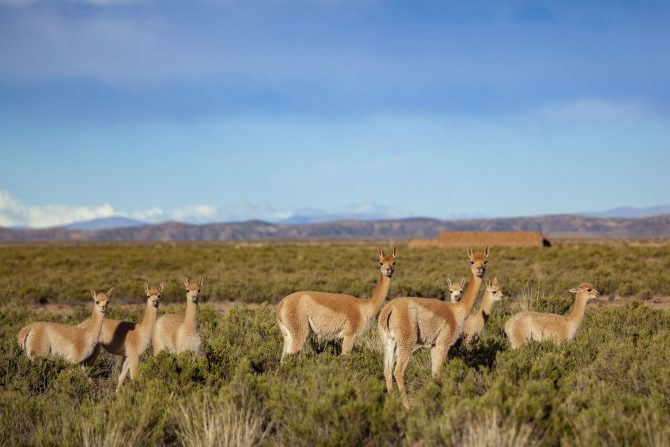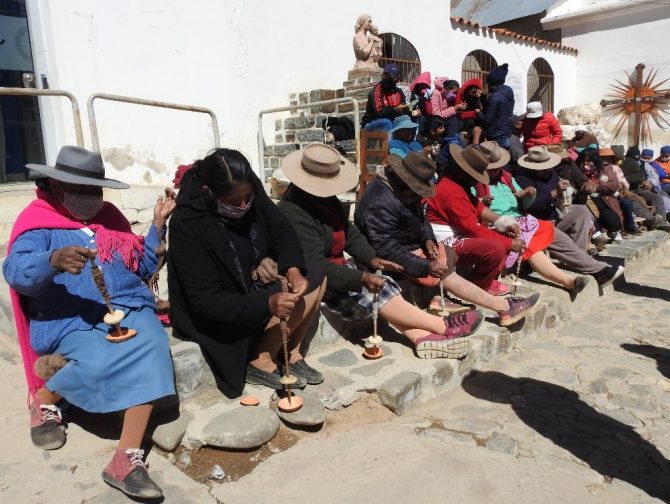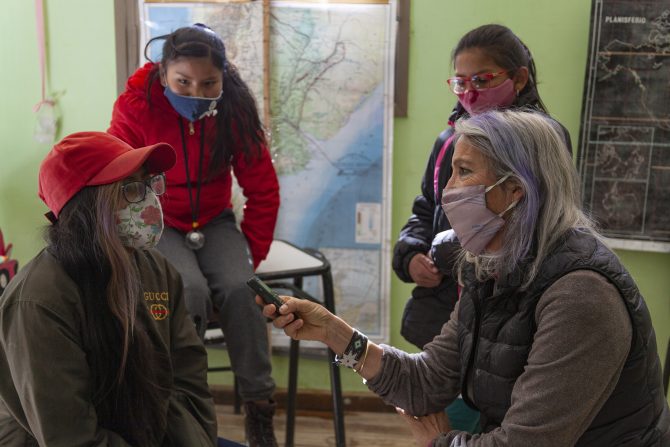SDM Project: Recovery and use of camelids and their fiber as potential resources to improve local livelihoods in a post-pandemic scenario in the Andean Altiplano
08.03.2024
SUBMITTED ORGANISATION
VICAM: Vicuñas, camélidos y ambiente
PARTNER ORGANISATIONS
Agricultural Cooperative of Santa Catalina
Santa Catalina Primary School
Barrancas Primary and Secondary Schools
Indigenous community Athus Saphi, Morritos and Barrancas
DATE OF SUBMISSION
28/02/2022
REGION
Americas
COUNTRY
Argentine
KEYWORDS
Vicuñas, biodiversity, fiber, weaving, ancestral knowledge
LINK
Abstract
This project has been conceived in the uncertainty of the pandemic situation and overcame the difficulties to be able to successfully complete all the activities within the 3 proposed objectives.
It has been a project with a large component of intercultural co-construction and co-learning. It had notable challenges that meant skills advancement for researchers and locals. It was very intensive in fieldwork with 9 field trips.
In objective 1, census studies and satellite images determined the situation of local biodiversity: plant production and vicuñas and suris populations in 2021. These data allowed us to compare the effect of the pandemic on the natural component of the SEPLs, and we have not detected any salient effect beyond the trends that we have been studying (among these, an increase in poaching). We recorded 41 interviews on the impact of the pandemic on people and institutions, and numerous local strategies for managing the pandemic, emigration to the countryside, and natural remedies. Some post-pandemic recovery ideas are also presented.
Objective 2 was fully met. In a rich co-production, we proposed and accompanied a family in Barrancas in the task to carry out the entire procedure from the raw fibre to the completion of a very beautiful shawl. The times, costs, and perceptions about the activity were recorded. In addition, to stimulate and support the knowledge of spinning, we co-sponsored a spinning contest together with the community council in Santa Catalina, which was a success for community participation.
Objective 3 was also met with intensive work with the Barrancas school with primary school children, who were related to the caravaneer’s cave that is close to the town, the transdisciplinary work included visits to the cave, making cave paintings in rocks at school, development by the children of rules for the care of the cave, which were represented in a poster that they placed there. There was also training for local community members in Santa Catalina on the visit to the Morritos archaeological site.
This intensive project once again showed the potential and richness of transdisciplinary and intercultural work.




